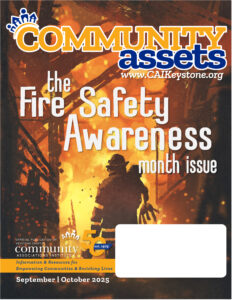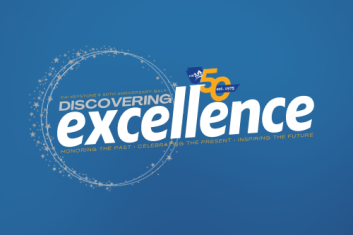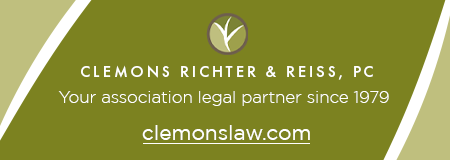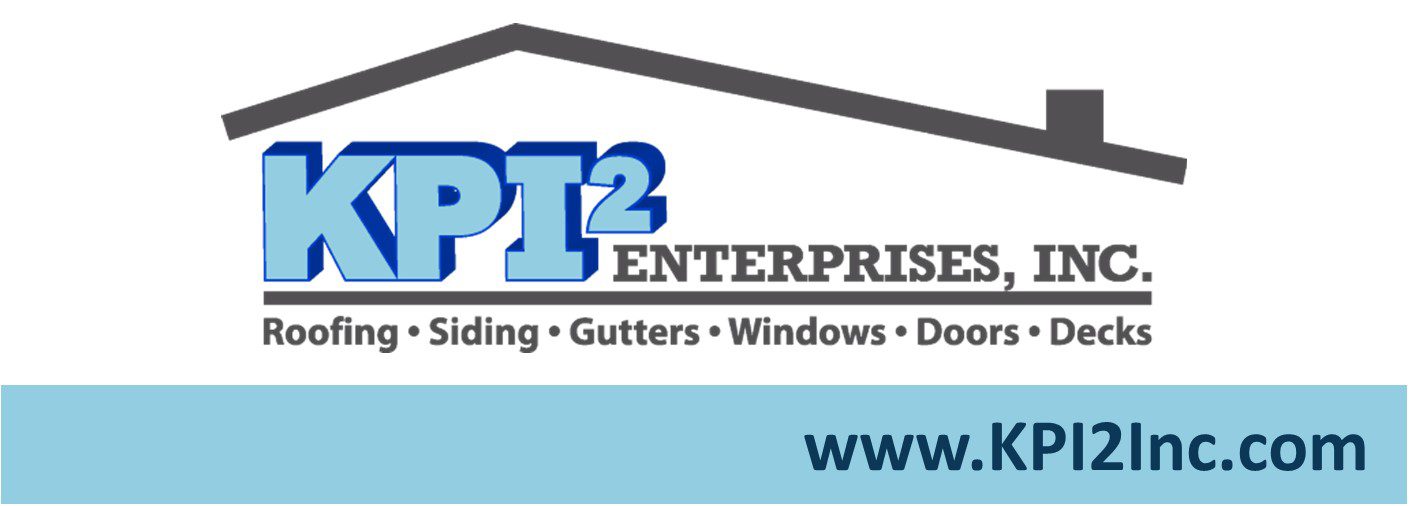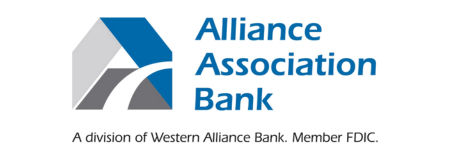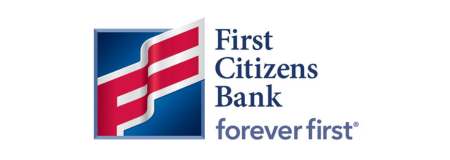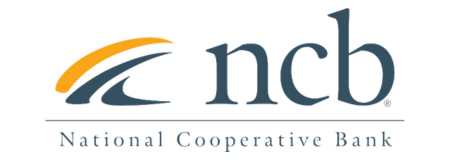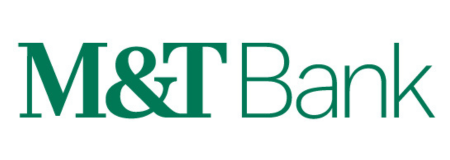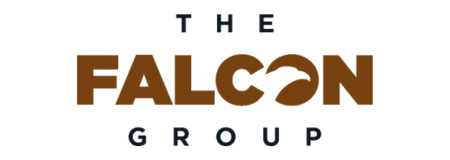I know what you’re thinking—how can wildfires in California have anything to do with your condo insurance rates in Pennsylvania, New Jersey, or Delaware?
Here’s how:
The recent California wildfires are estimated to have an economic loss of over $250 billion, making it one of the costliest natural disasters in United States history. By the end of January nearly 60,000 acres of land had burned, resulting in more than 200,000 people being displaced from their homes and at least 29 deaths. Some estimates put insured losses from the fires at close to $50 billion – a staggering 30% of reinsurers’ combined natural catastrophe budgets for all of 2025. Since 2017, catastrophe losses (hurricanes, wildfires, tornados, winter storms) have averaged global losses of more than $110 billion each year which underscores the severity of the California events on the insurance world.
What is a reinsurer you may ask?
To keep it simple, a reinsurer is an insurance company that insures other insurance companies. Carriers use them in all sorts of business verticals but in the case of Condo/HOA specialized carriers, reinsurance has to be purchased for high risk or high cost of reconstruction properties. They also purchase reinsurance for portions of their portfolio to better manage their capital and risk exposure.
They are a key component to the stability of the insurance market, and they play a critical role in the final cost of insurance as well as in the appetite of insurance carriers offering policies to community association like yours.
Now, here’s where it gets interesting. There are approximately 6000 insurance companies in the US but only about 200 reinsurers operating in the US. Not all carriers insure Property and Casualty (only around 2500) and very few of them operate in the specialized field of Habitational Insurance (Condominium, HOA, Co-Op). Reinsurers don’t just cover wildfires in California. They also back the policies for your condo association in Philly, and thousands of others like it.
So, when these reinsurers take a $50 billion hit, how do they make up for it? They raise rates—not just for California, but across the board. That means higher premiums for your condo association, even if you’ve never had a major claim. Insurance carriers absorb these costs and pass them down to condo associations and property owners.
Even properties with no claims history see rising premiums due to market-wide rate adjustments.
What Does That Mean for You?
Insurance pricing isn’t random—it follows a formula. And while you can’t change the wildfire situation in California nor many of the factors influencing your premium (such as location, age of your building(s), type of construction, number of units, amenities, etc.), you can make decisions today that will impact your condo’s insurance costs tomorrow. There are things you can do to make your association more attractive to underwriters and insurance carriers.
What Can You Do?
Here are some timely tips to implement that will impact your condo’s insurance costs tomorrow:
- Initiate a water heater replacement program.
- Require owners to install burst-resistant (braided steel) washing machine hoses.
- Install pans under washing machines.
- Set a minimum heat setting requirement of 55° – 60° for units when owners are away.
- Require regular dryer vent cleaning and chimney inspections/cleanings.
- Install in all units water sensors and shut-off valves (some of these can now be controlled via an app on your smart phone)
- If you have an un-sprinklered or partially sprinklered community parking garage, consider making it fully sprinklered.
- Older, un-sprinklered or partially sprinklered buildings are becoming more difficult to insure; consider retrofitting your un-sprinklered building(s) to allow for better rates and carrier options.
- Conduct a Reserve Study or Reserve Study Update and follow through with improvement projects – follow statutory requirements if your state has them.
- Require tenants to carry renters’ insurance and remove any waiver of subrogation you may have that favors renters.
- Proactively address maintenance-related issues – before they become claims.
- Take advantage of any right of entry into units to address what owners fail to maintain.
- Keep good records to track patterns in losses and the problems that led to them.
- Keep track of what was original to a unit’s interior to assist at time of loss.
- Develop emergency preparedness procedures.
- Address any building defects or issues (i.e., older roofs, Federal Pacific or similar electric panels, troublesome plumbing, downspouts that empty onto paved surfaces, etc.)
- Consider increasing your property deductibles, even if not mandated by your insurance carrier.
- Discuss with management, the Board, and your broker what your claims appetite is beyond the deductible and whether a claim should be filed.
- Pass a Deductible Bylaw Amendment that will allow the association to shift deductible responsibility to an owner (in certain or all circumstances).
Addressing these issues will not necessarily result in decreased insurance premiums or credits, but it can help prevent or reduce future claims, allowing for less extreme rate increases at renewal and make you look better in the eyes of the carriers.
ABOUT THE AUTHORS
David Velasco, EBP is a Managing Advisor at The Baldwin Group. He specializes in Condominium, HOA, and Co-Op insurance. He is an avid CAI advocate and determined to help associations understand insurance and improve their insurability. David is co-host of the “Community Association Car Chat” podcast, a 10-minute or less video interview podcast with professionals and experts in the multifamily industry, along with Steve Roderick. David can be contacted via email at: david.velasco@baldwin.com.
Frank Cicala is a Junior Advisor with The Baldwin Group. Frank obtained his Bachelors of Marketing from Florida Gulf Coast University. He is experienced in sales and digital marketing, with expertise in CRM management, social media marketing, and customer service.

